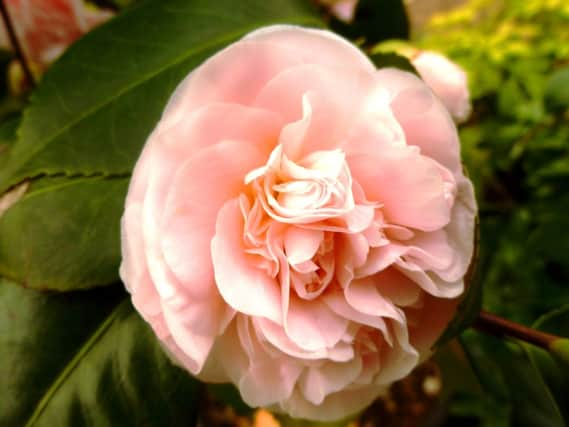A simple matter of getting name right, in theory


The Linnaean era is characterised by the naturalist’s ambition to catalogue, organise and give names to the whole natural world. It’s thanks to him that if you ask to buy a Pinus sylvestris (Scots pine) anywhere in the world, you should get the correct tree whether in Sheffield or Sydney.
Unfortunately, mistakes can still be made, usually because a plant has identified incorrectly or because there is an argument as to which family a particular plant belongs. The row over pelargoniums and geraniums is just one example.Then, there are misunderstandings over designated names. Take, for instance, the gorgeous Christmas rose, which belongs to the plant family Ranunculacae – the buttercup family. The scientific name, Helleborus, derives from the Greek, while niger refers not to the colour of the flowers but to the colour of the roots, which are black. The name Helleborus niger was given to the plant by, you guessed it, that man Linnaeus.
Advertisement
Hide AdAdvertisement
Hide AdEnglish bluebells (Hyacinthoides) are flowers of the wild, of those deciduous woodland, where they bloom before the canopy of leaves shuts out the light from the forest floor. Unfortunately, there’s also the Spanish bluebell (Endymion) which can tolerate more light than its English counterpart – so, its spread is greater and so could pose and invasive threat to our native flower.
The fear is that anyone who does want to plant bluebells may plant the Spanish instead of the English. So if you buy, check the Latin name of what you’re buying. And say thank you to Linnaeus.
SNOWDROPS seem to be able to laugh off the worst of winter, but they’re not alone. Some plants don’t seem to mind what the weather brings, just as long as they are given the right conditions to help them grow.
Which is why camellias are budding, flowering and doing their best to show us that spring really is here, and if it’s not, it’s just around the corner waiting to leap out and do what spring likes to do.
And spring likes to make the most of the camellia.
Advertisement
Hide AdAdvertisement
Hide AdNamed in honour of the Jesuit priest and naturalist, Georg Josef Kamel, camellias come mainly from China, and the one everyone should know is Camellia sinensis, the plant from which tea is made.
Camellias are easy to cultivate, but they thrive best where the summers are warm and the winters are cold.
They also love moist but well-drained, slightly acidic soil. Waterlogging is a killer. When you have to water, use rainwater; tap water is usually alkaline and will turn a camellia’s leaves yellow. Then they’ll drop off.
Camellias can be planted any time of the year (preferably from mid-October to November and from mid-March to mid-April, so the time is almost right) provided they are treated properly and mulched. They are shallow-rooted plants, so a large, deep planting hole should be provided.
Advertisement
Hide AdAdvertisement
Hide AdA lot of people worry when they see flower buds dropping before they have opened, but this is often natural. Many camellias set more buds than they can open. As long as the plant(s) are kept watered in the summer, this should be no problem.
Camellias do best in sheltered positions in light shade or where they get only morning sun. This is not so much for the plant’s sake as the flower’s. The plants will tolerate exposed sunny sites but the flowers won’t. Dense shade will promote lank growth and reduce flowering. Too sunny, and the flowers will burn and drop prematurely. A site that is exposed to strong winds is definitely not recommended.
If you want to propagate a camellia, the best and most successful way is by layering, and they need little pruning except for the removal of damaged branches. Camellias usually do well in containers but they need regular fertilising and watering to keep them happy and healthy. And use a lime-free compost; camellias prefer an acidic soil.